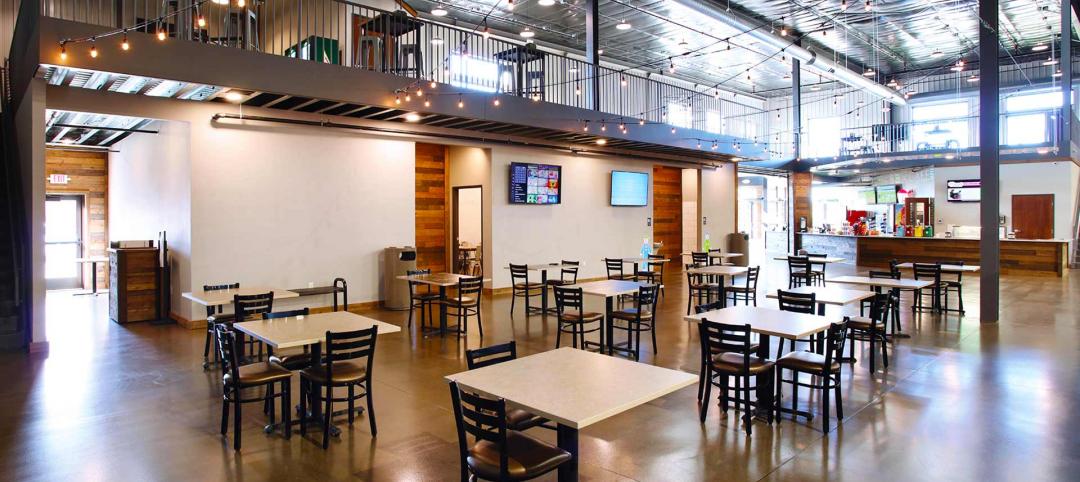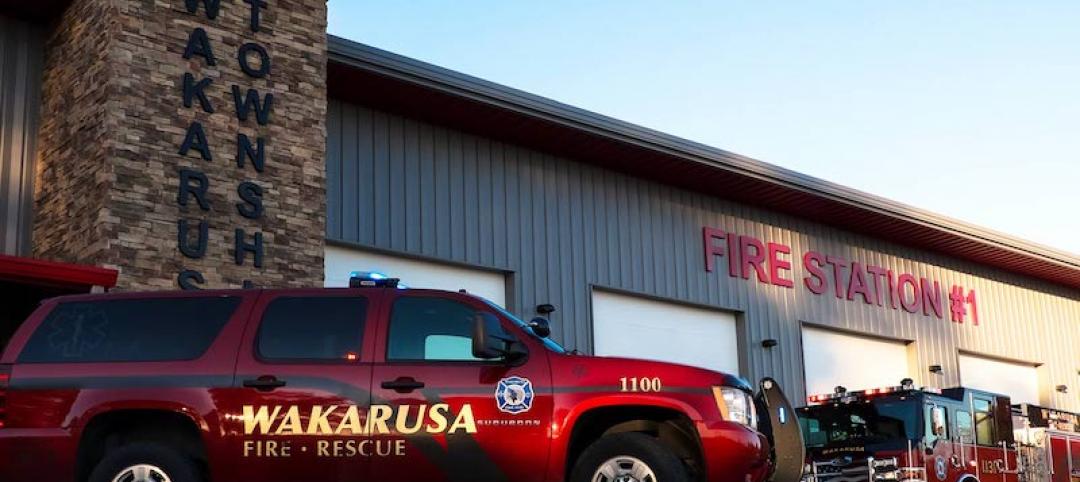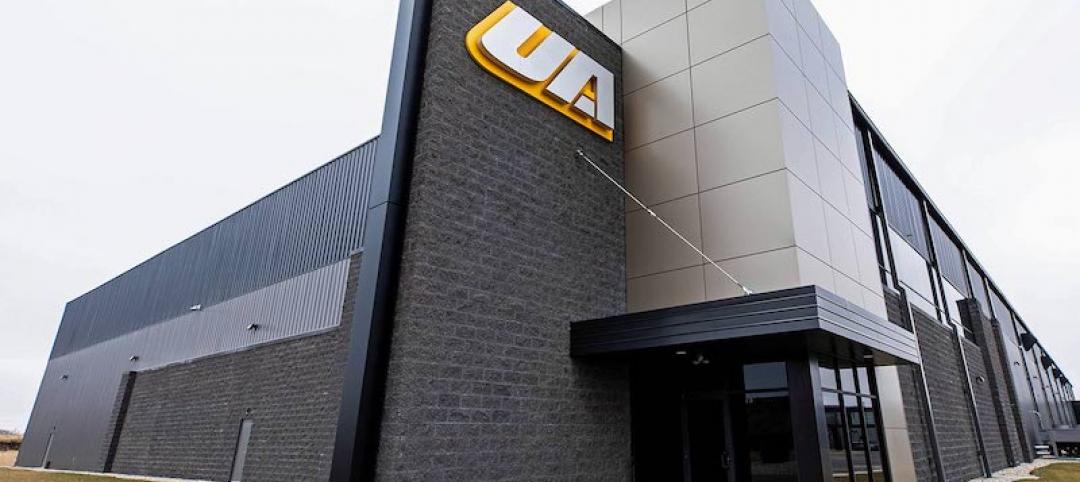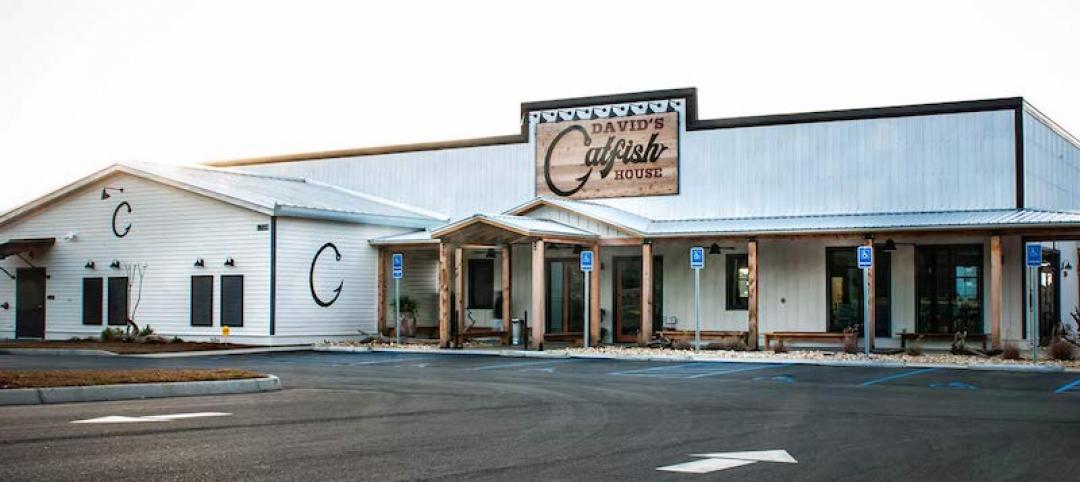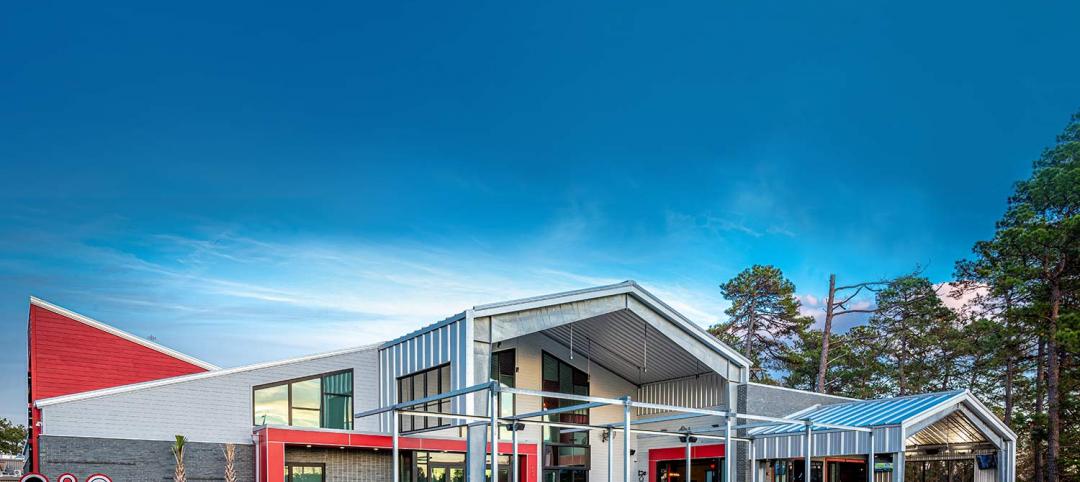While prospects for the U.S. construction industry remain strong overall, one nagging issue continues to stand out as a potential roadblock—a widely recognized skilled worker labor shortage. According to a 2019 study conducted by the Associated General Contractors (AGC) of America along with Autodesk, nearly 80 percent of contractor firms report having difficulty filling skilled craftspeople positions as older workers have left the profession and younger workers are looking toward less labor-intensive careers.
“The country will face a shortfall of 8.2 million workers [between 2017] and 2027,” says Thomas Lee, head of research at Fundstrat Global Advisors, as reported in Barron’s magazine. The shortage affects the entire construction industry, and, as noted by Metal Construction News, “In a time of industry expansion, we are seeing projects being delayed or slowed because contractors can’t find workers to put on the job sites.” For the metal construction segment of the industry, the crisis is especially challenging due to its heavy reliance on specialized skilled trades, such as ironworkers and metalworkers.
What To Do
Recognizing the problem is just the beginning. Finding practical solutions and then acting on them is the joint responsibility of the industry, individual contracting firms as well as public agencies and society at large. AGC reports that industry-wide labor shortages are affecting construction compensation, training and operations. The organization notes, “Firms are boosting pay, adding new benefits and taking other steps to make construction careers even more rewarding. They are launching new training programs and expanding existing ones. They are adopting new technologies and new techniques to increase productivity.”
From education to marketing strategies, here are some of the steps being taken to attract and retain a skilled labor force in order to ensure the construction community can thrive well into the future:
Embrace Technology and Product Efficiencies
Improved product efficiencies through new technologies provide greater ease of installation and reduce training time. According to the 2020 AGC/Sage Construction Hiring and Business Outlook Report, many firms are seeking to cope with labor shortages by adopting new, labor-saving technologies. The report says 32 percent of firms surveyed are adopting technologies (e.g., drones, robots, 3-D printers and laser- and GPS-guided equipment) to increase efficiencies. Twenty-eight percent of firms have adopted “labor-saving methods like lean construction and Building Information Modeling (BIM).” Nearly 50 percent expected to increase their investment in information technology (IT) in 2020, particularly project management software. Another benefit of embracing new technologies, experts agree, is that its use is appealing to a younger generation.
One caveat here, though, is, as reported by Autodesk-Deloitte, as companies increase their tech adoption, workers can potentially fall behind in the advanced skill sets required to operate new technology. This means that it is even more important to give workers the training needed to stay up-to-date.
Training, Education & Partnerships
The support of growth and partnerships with trade schools helps to bridge the gap, especially when strong relationships are established. This will help build a strong pipeline of skilled workers well into the future.
Reaching out to the younger generation, even from a very early age, can help promote excitement about construction careers. Apprenticeships, internships, outreach and mentorship programs such as ACE Mentor and NAWIC summer camps are just a couple of examples.
Additional strategies cited by industry professionals include educating homeowners and building owners about “the importance of verifying workers on-site so as to protect from liability issues,” and “systematizing training across the industry” so that young people understand the clear career paths available to them, outside of a four-year college track.
NAIOP, the Commercial Real Estate Development Association, offers further solutions in its July 2019 “Addressing the Workforce Gap Report,” concluding that “strong partnerships with educational institutions and local community leaders are often the key to a program’s success,” citing such solutions as adopting new technologies, reliance on multisector collaboration, aligning workforce development with local trends, demonstrating that a construction industry job can be part of a long-term career, investing in training and recruiting high school students/recent graduates, and ongoing training for current employees in order to ensure that workers have the “latest skills and improves worker recruitment and retention.”
Address Societal & Managerial Attitudes
Beyond highlighting the fact that contractors don’t want or need cheap labor, but rather good, skilled labor, industry leaders acknowledge the importance of adapting management styles to accommodate a new workforce. As noted by Metal Construction News, that means “addressing the way Millennials and Gen Z workers want to be engaged. It also means working with non-English-speaking workers in ways that meet their cultural and educational interests.”
Finally, it is up to all industry leaders to get the message out—whether through their own organizations’ marketing strategies or via educational and mentorship opportunities—that skilled construction work can provide a satisfying, exciting and prosperous career path.
Check out Star Building Systems’ Blog archives for more industry-related information.
More from Author
Star Building Systems | Oct 13, 2020
Wakarusa Township fire station meets innovation
Kuehler worked in partnership with Lawrence, Kansas-based architectural firm Hernly Associates and together, they created a vision for the new, nearly 14,500-square-foot station.
Star Building Systems | Sep 22, 2020
Applying conventional construction to custom metal buildings
Star Building Systems eliminates a lot of the complexity and allows us to make enhancements with other components to add interest.
Star Building Systems | Sep 10, 2020
David's Catfish House
The building features a wrap-around wood-framed porch, that historically, has the look and feel of what people would consider a catfish house is supposed to look like.
Star Building Systems | Sep 2, 2020
A new look at value engineering
Allowing your expert material supplier to direct you as to how to get as close to that optimal price point as possible is value engineering—emphasis on “value.”



